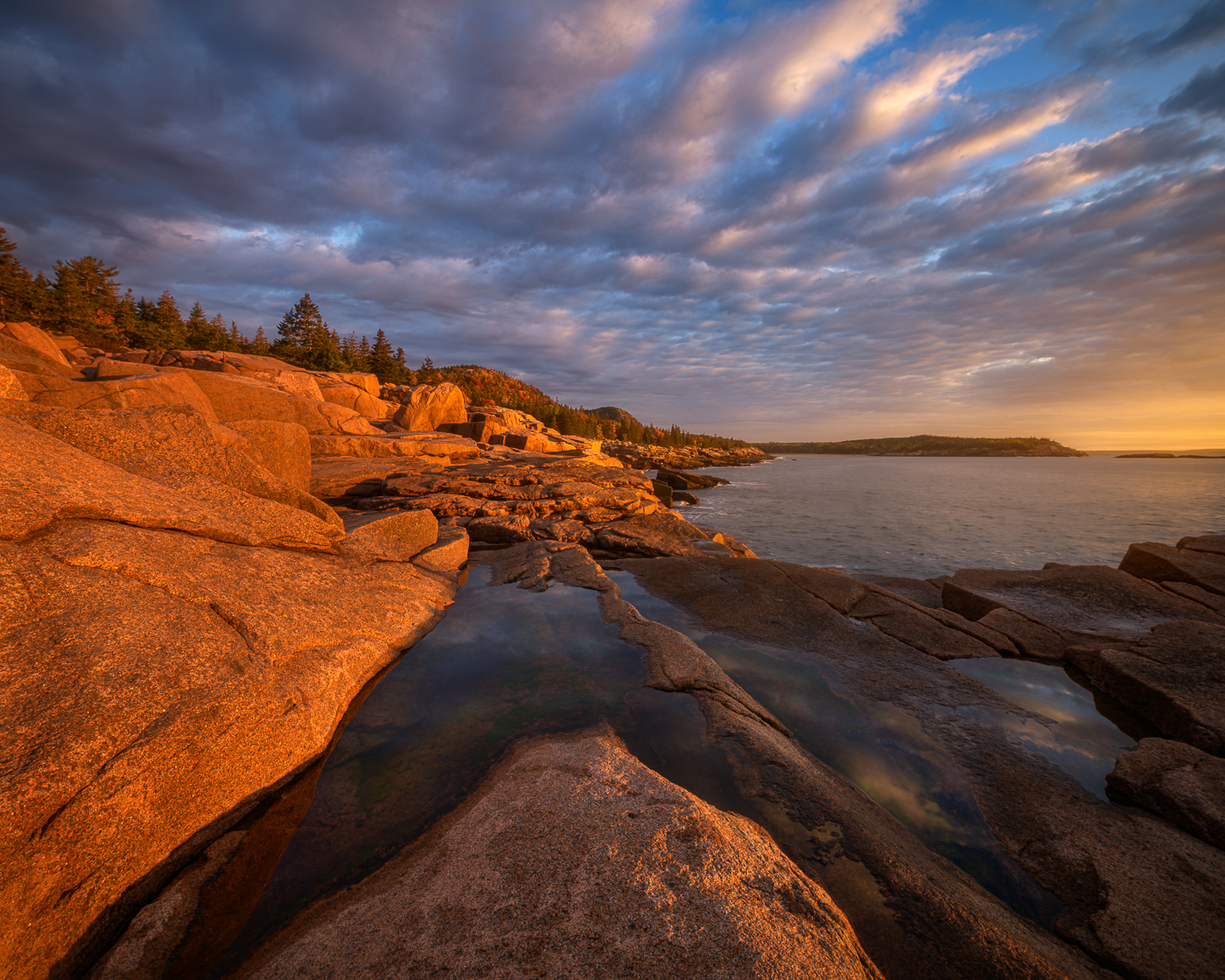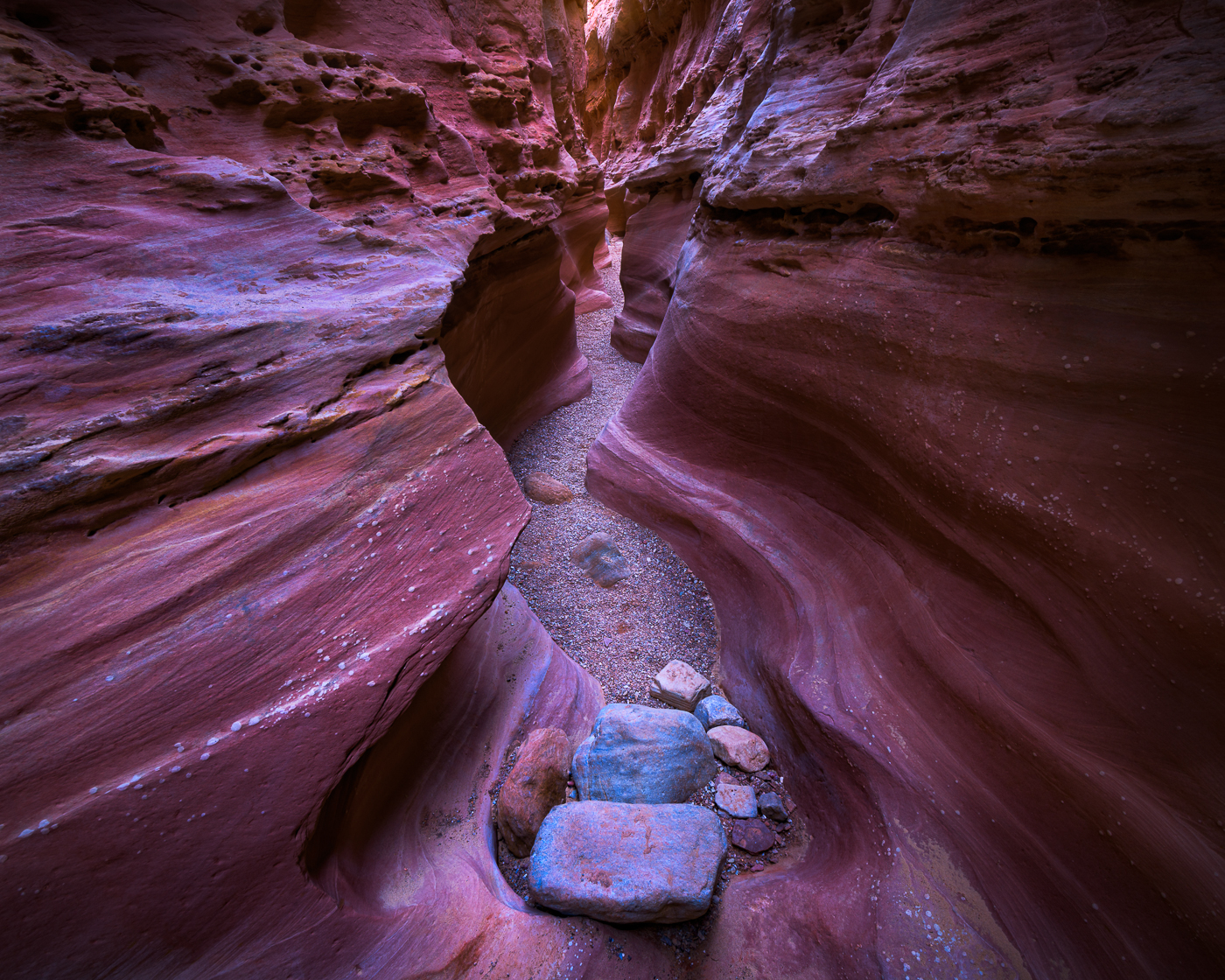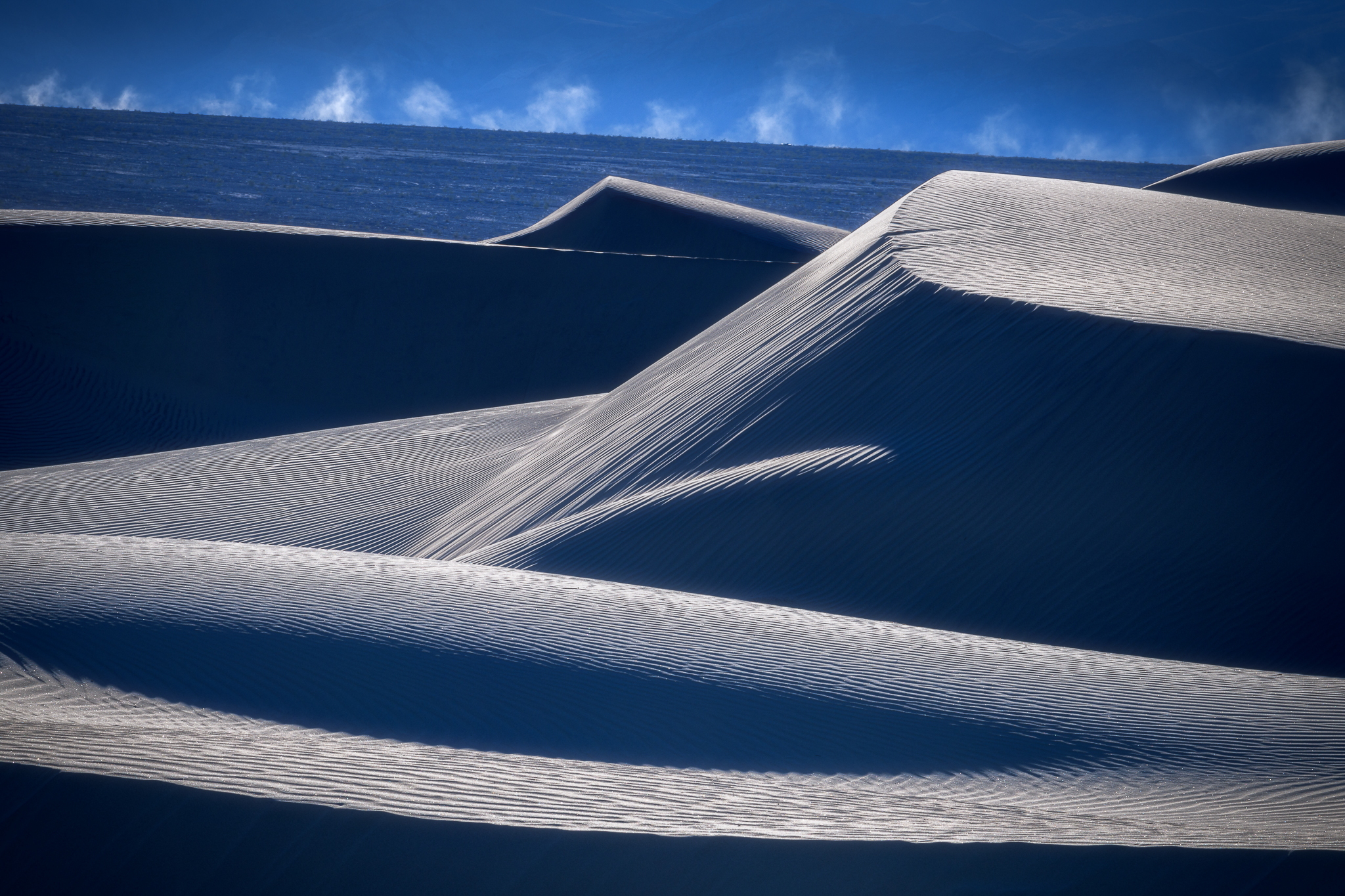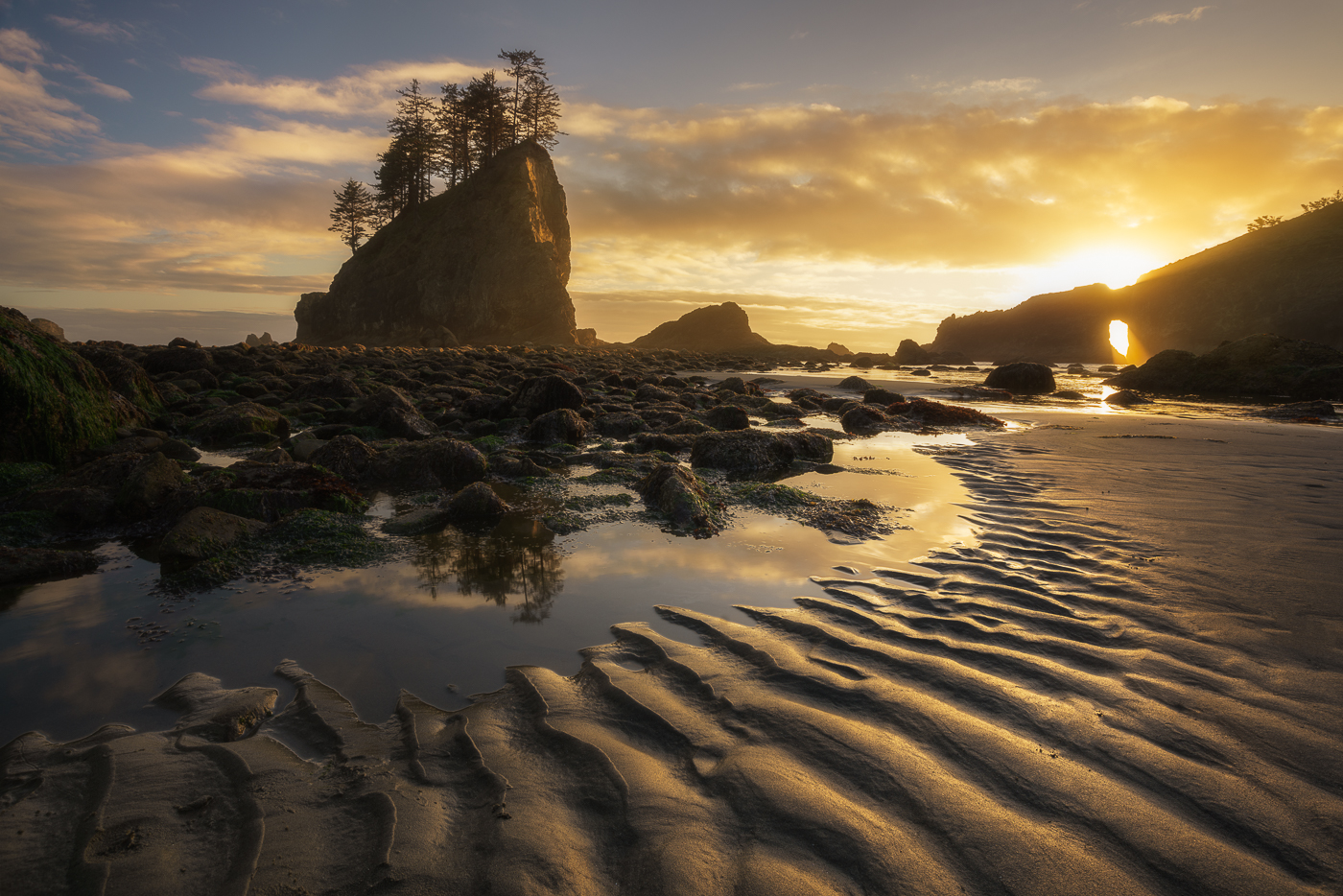In part one of this series I offered 5 strategies for jumpstarting your creative juices and beginning the journey toward creating unique or different images. Part one can be found here and is probably worth reading in conjunction with this post.
6) Incorporate motion. Many of the techniques we’ve learned as nature photographers have been geared toward maximizing sharpness in our images. We use tripods, small apertures for depth of field, fast shutter speeds, wait painstakingly long periods of time for the wind to stop blowing the wild flowers in our frame, all in an effort to record the world as we see it, with sharp details. Try filling the frame with some of that motion instead. Don’t wait for the wind to stop blowing, and maybe even try using a slower shutter speed to enhance or create motion blur. This can work great with foliage, flowers, clouds and of course moving water. Don’t stop there; try moving your camera by panning side to side or up/down or racking the zoom of your lens to create abstract renditions of a world in motion. Don’t get frustrated if you don’t like your initial results, you’ll have to experiment with lots of different shutter speeds before you find one that works with your subject.
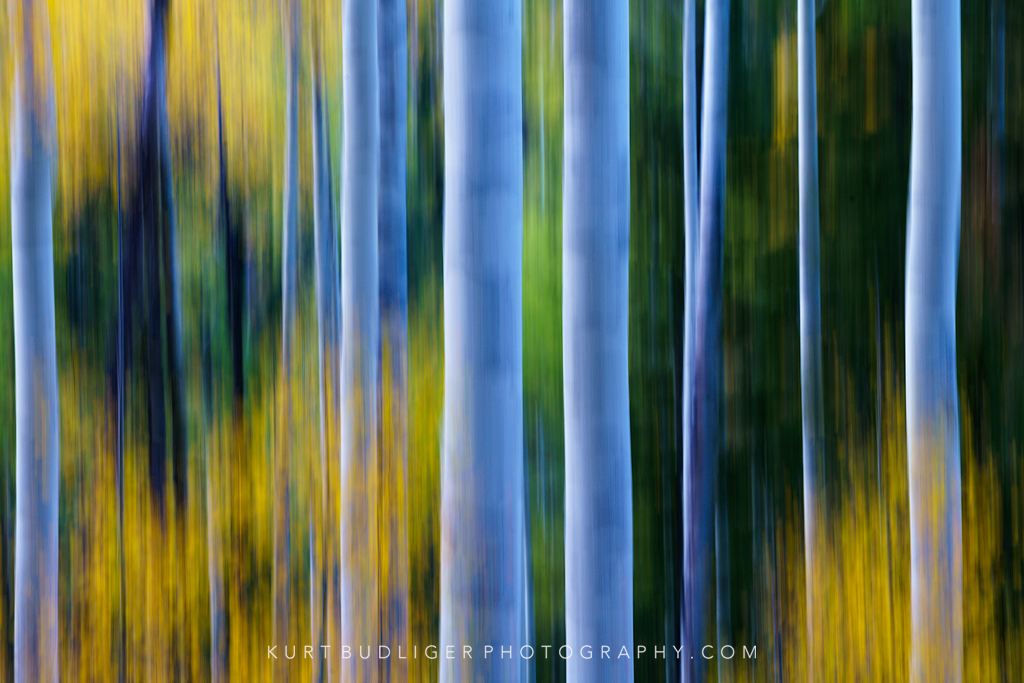
“Aspen Nebula,” San Juan Mtns, Colorado, Sony A7RII, 160mm, f16 @ .4 sec. ISO 100
7) Shoot during mid-day. I know this sounds sacrilegious, especially if you favor wide-angle landscapes shot during the magic hour. In reality, once you master basic composition and dealing with high dynamic range scenes shooting sunrise and sunset isn’t that difficult. And if that ‘s all you shoot you’ll no doubt have a colorful and pretty portfolio but you’ll also be a one trick pony. Instead challenge yourself to shoot at mid-day. It will no doubt force you to shoot different subjects and the resulting images will help to diversify your portfolio.
8) Get Close. Get in tight, so tight that you fill the frame with the small details that are often overlooked by traditional wide-angle shooters in search of the big dynamic landscapes. You don’t need to invest in a fancy new macro lens to do this either, although when have we photographers ever needed an excuse to buy some fancy new toy? Oops, I mean tool. A basic set of extension tubes or close up filter (diopter) will transform any lens into a macro machine. This one is fun and can be done almost anywhere and at any time of day.
9) Photograph texture and line. This is similar to number 4 but instead of shooting contrast for the day you’ll focus on filling your frame with texture and line. Themes like this are a great way to jump-start your shooting and provide a little extra motivation. Whenever I give myself an exercise like this I come home with something interesting, often times something I would have never shot if it were not for the theme.
10) Backlight your subject. When I first started as a nature photographer, way back in the days of film, I often found myself shooting almost exclusively in soft, even, overcast light. After all, it was relatively easy to expose and didn’t create any extreme contrasts in the scene. However, after a while I noticed my images were somewhat bland and lacked the pizzazz I was after. Certainly if you shoot sunrise and sunset you’re shooting backlight but what I’m talking about is backlighting your intimate landscapes as well. Backlight can transform an otherwise mundane subject or scene, creating some drama and pop, as well as making foliage explode with color.
I made the below image by doing just what I’ve described above. The strong backlight helps to make the autumn foliage in this fen pop, especially the reds from the low bush blueberry. The inclusion of the sunstar also adds an element of interest, giving me the pizzazz I was after.

“Light Fen-tastic,” Acadia National Park, Maine, Canon 5DII, 16mm, f18 @ 1/5 sec. ISO 100


